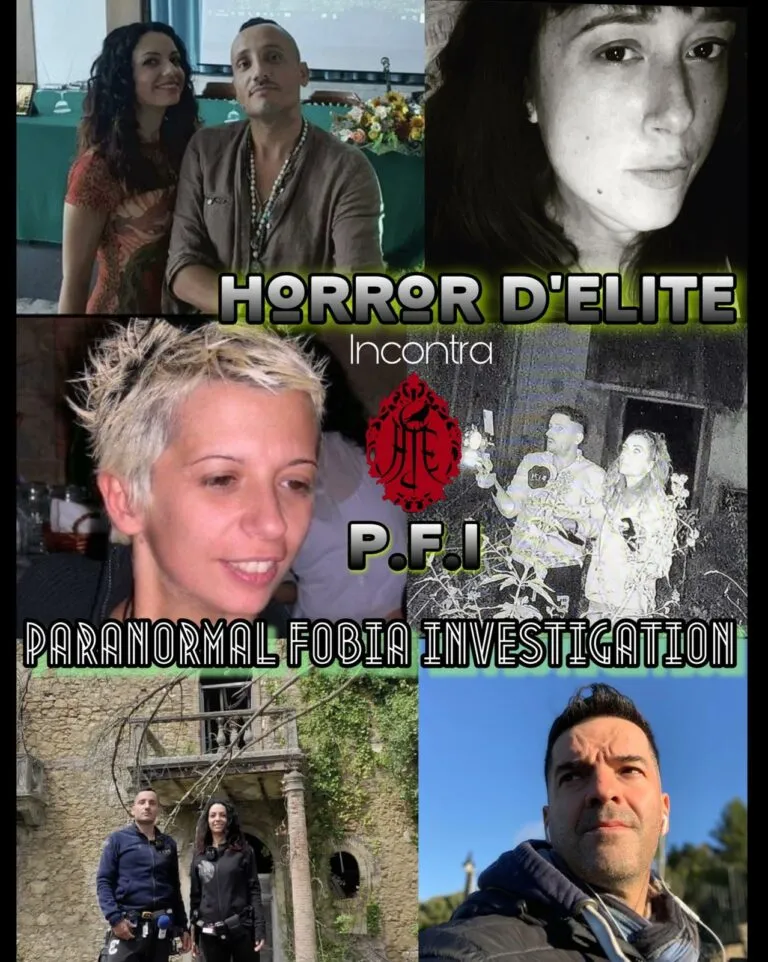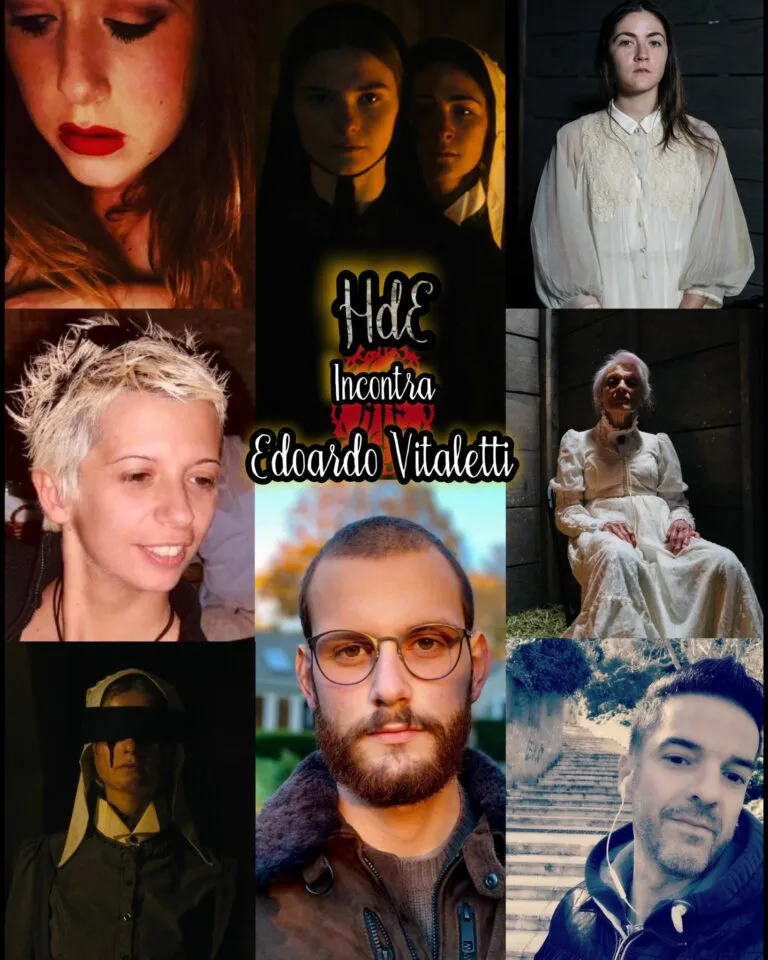Paola Maresca
Detail of the painting Paola Maresca,
an architect born in Florence where she lives and works. Joining the editorial staff of the magazine Psicon, directed by Eugenio Battisti, she developed her interest in symbolism. She is the author of numerous essays in specialized books and magazines on symbolic architectures and gardens. She has published Sacred Woods and Enchanted Gardens, 1997; Enchanted Gardens, Sacred Woods and Magical Architectures, 2004; Gardens, Trends, and Unusual Architectures, 2005; Gardens, Women, and Architectures, 2006; Symbolic Gardens and Magical Plants, 2007; Symbols and Secrets in the Gardens of Florence, 2009; Gardens and Magical Plants, 2009; Gardens and Delights, 2009; Stories, Secrets, and Characters in the Gardens of Tuscany, 2010; The French Classical Garden from the 17th to the 18th Century, 2011; Alchemy, Magic, and Astrology in the Florence of the Medici, 2012. She also directs the series Gardens and Architecture.
We had the pleasure of hosting her and delving into the world of symbolism and magical plants.
 Exploring the World of Magical Plants: Between Myth, Mystery, and Reality
Exploring the World of Magical Plants: Between Myth, Mystery, and Reality
Magical plants have fascinated and intrigued humanity since ancient times. For millennia, cultures around the world have attributed magical powers and mystical properties to various plants, using them in sacred rituals, spiritual practices, and traditional medicine. These plants, often surrounded by an aura of mystery and legend, have played a significant role in the beliefs and cultural practices of many societies. In this article, we will explore some of the most famous magical plants and their fascinating stories.
Mandrake (Mandragora officinarum)
Mandrake (Mandragora officinarum)
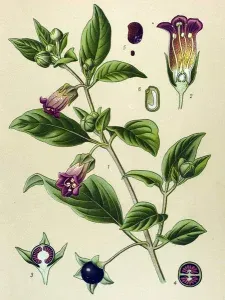 Mandrake is one of the most iconic and mysterious magical plants in history. Its human-shaped roots have inspired legends and superstitions for centuries. In Greek and Roman mythology, mandrake was associated with magic and mystical power. It was believed that the plant emitted deadly screams when pulled from the earth, bringing misfortune to anyone who dared disturb its rest. In medieval European tradition, mandrake was considered a potent talisman and a key ingredient in magic potions and spells.
Mandrake is one of the most iconic and mysterious magical plants in history. Its human-shaped roots have inspired legends and superstitions for centuries. In Greek and Roman mythology, mandrake was associated with magic and mystical power. It was believed that the plant emitted deadly screams when pulled from the earth, bringing misfortune to anyone who dared disturb its rest. In medieval European tradition, mandrake was considered a potent talisman and a key ingredient in magic potions and spells.
 Belladonna (Atropa belladonna)
Belladonna (Atropa belladonna)
Also known as “belladonna,” this poisonous plant has historically been associated with black magic and witchcraft. Its shiny black berries were used in the past to prepare love potions and hallucinogenic brews. However, ingesting belladonna can be extremely dangerous and even lethal, as it contains powerful toxic alkaloids. Despite its risks, belladonna has continued to evoke fascination and interest among herbalism and occult enthusiasts.
Datura (Datura spp.)
Datura (Datura spp.)
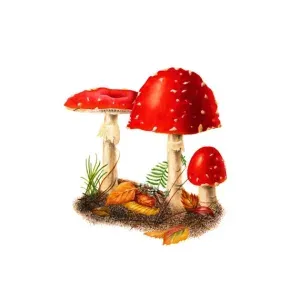 Datura is a genus of poisonous plants known for their hallucinogenic and psychotropic properties. Its leaves and flowers are used in various shamanic practices and spiritual rituals in many indigenous cultures of the Americas. However, ingesting datura can cause severe side effects and even death, and therefore it is often considered a dangerous and taboo plant. Nevertheless, datura continues to be studied for its potential therapeutic and spiritual applications.
Datura is a genus of poisonous plants known for their hallucinogenic and psychotropic properties. Its leaves and flowers are used in various shamanic practices and spiritual rituals in many indigenous cultures of the Americas. However, ingesting datura can cause severe side effects and even death, and therefore it is often considered a dangerous and taboo plant. Nevertheless, datura continues to be studied for its potential therapeutic and spiritual applications.
Amanita muscaria
Amanita muscaria
Amanita muscaria, commonly known as the “fly agaric,” is one of the most iconic and enigmatic plants in the world of magic and folklore. This poisonous fungus, characterized by its distinctive red cap dotted with white, has been associated with shamanic rituals and spiritual practices in many indigenous cultures of Northern Europe and the Americas. It was believed that Amanita muscaria had hallucinogenic and visionary powers, leading those who consumed it into altered states of consciousness and communication with the spiritual world.
Conclusions
Magical plants have always exerted an irresistible fascination on the human imagination, stimulating the curiosity and creativity of generations of people around the world. However, it is important to remember that many of these plants are extremely dangerous and can cause serious harm or even death if consumed. Therefore, it is essential to approach these plants with caution and respect, and always consult an expert before using them for spiritual or therapeutic purposes. Ultimately, the world of magical plants continues to offer an infinite array of wonders and secrets to discover, fueling our desire to explore the boundaries of reality and mystery.
Tune in to the live session with Paola Maresca to delve into a fantastical world.

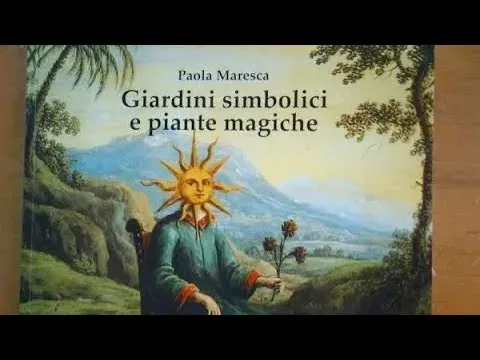
 Exploring the World of Magical Plants: Between Myth, Mystery, and Reality
Exploring the World of Magical Plants: Between Myth, Mystery, and Reality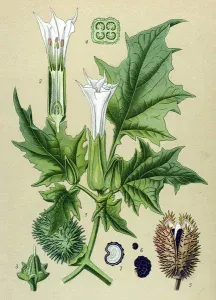 Belladonna (Atropa belladonna)
Belladonna (Atropa belladonna)


